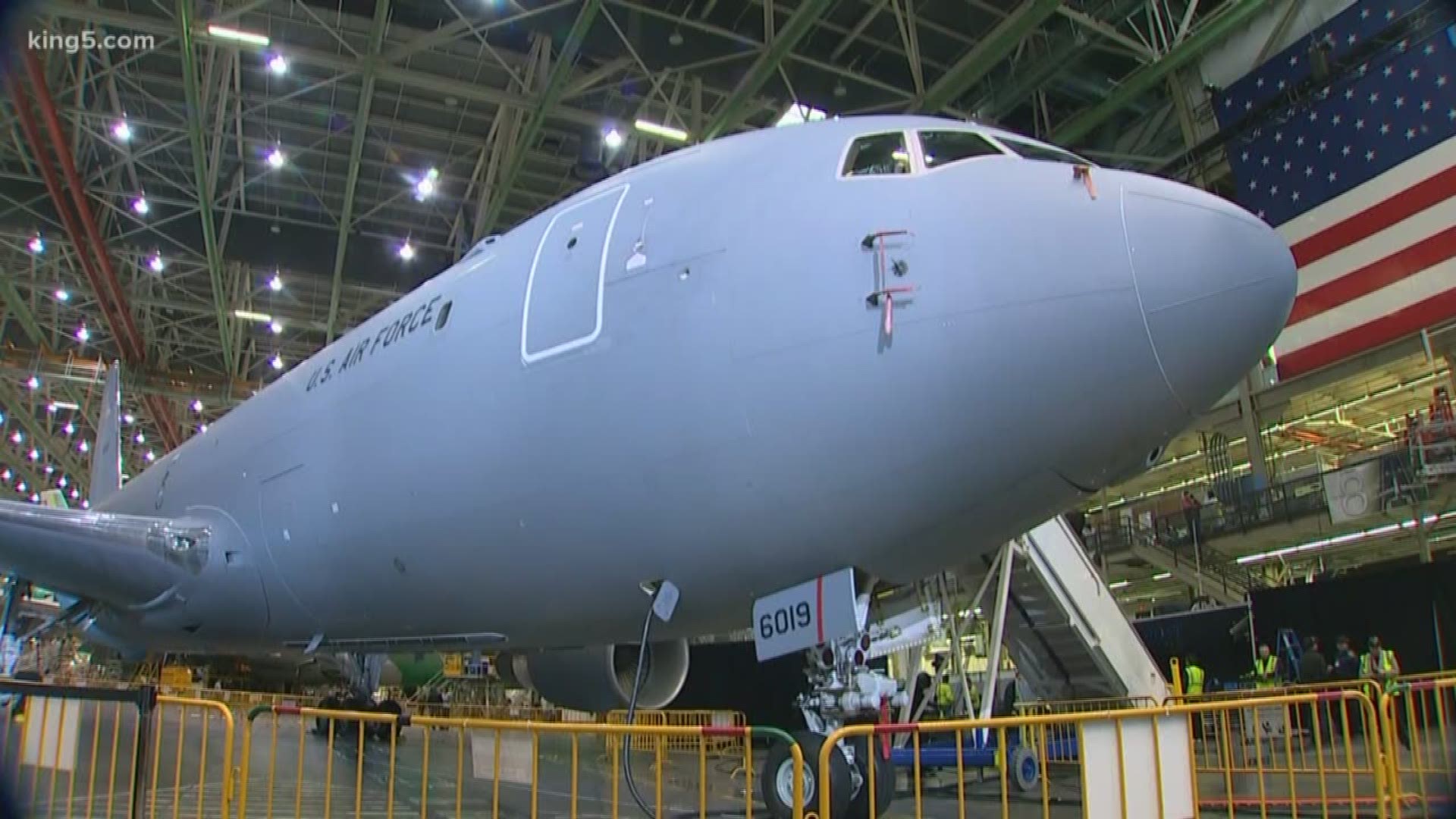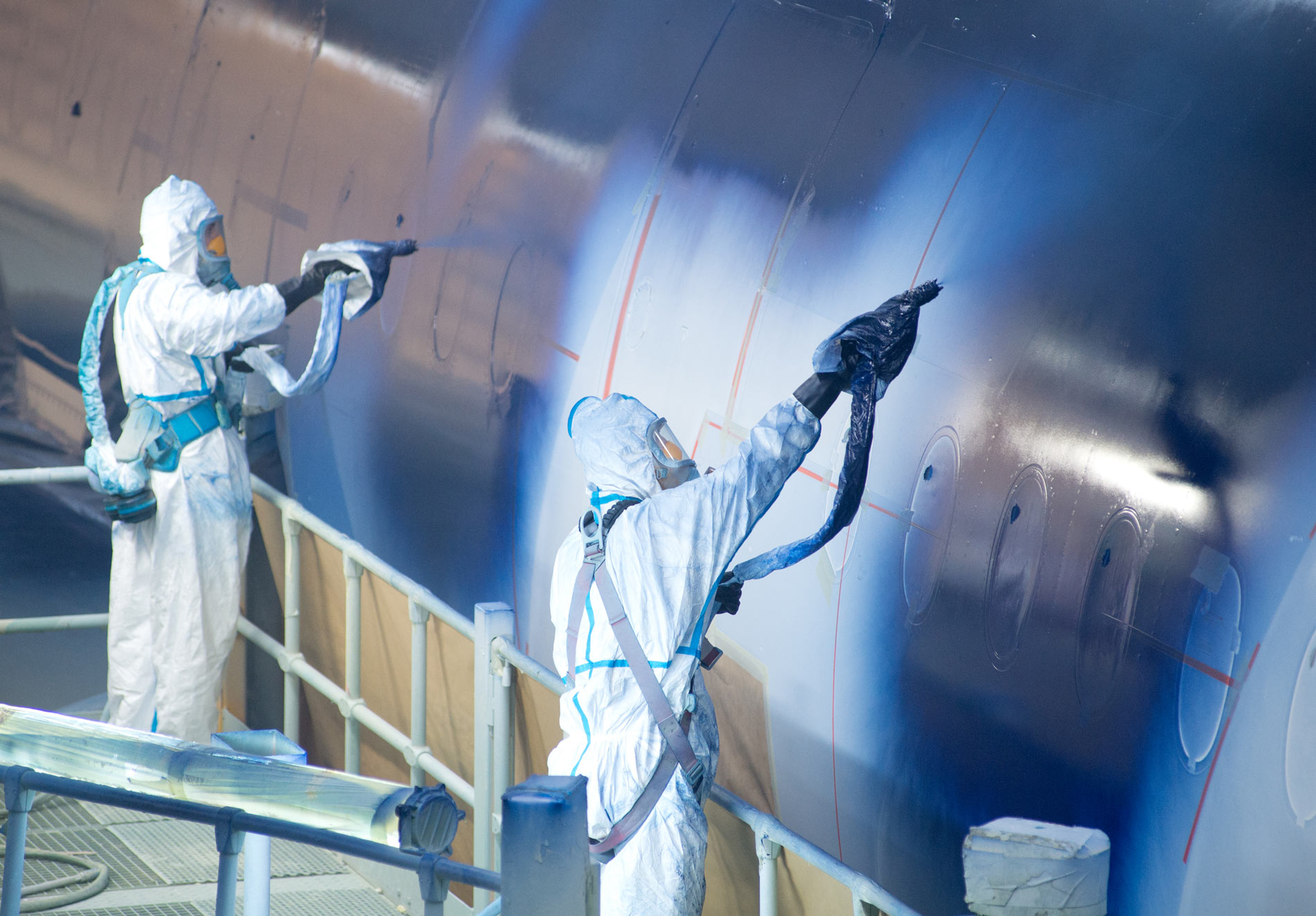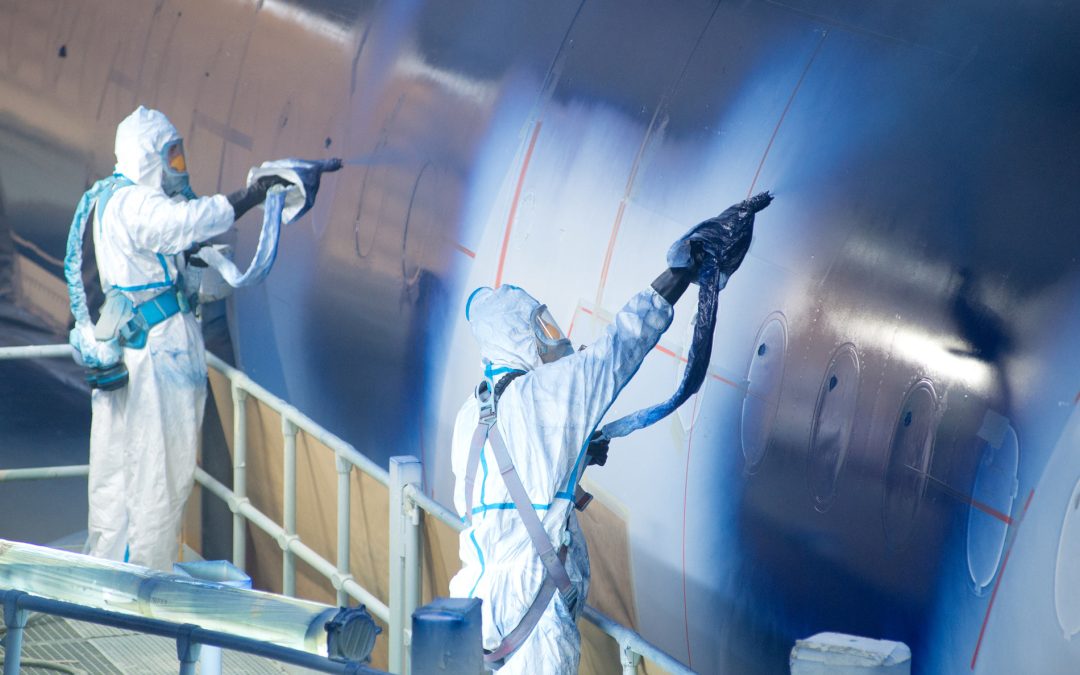In the aviation industry, maintaining the paint quality on aircraft is not just about aesthetics; it’s a matter of safety, efficiency, and performance. For years, this task has been performed manually, but with the advent of automated inspection systems, there has been a tremendous advancement. These systems are transforming how paint quality is maintained, ensuring precision and consistency like never before.

Introduction
Aircraft paint quality is crucial for more than just appearance. It protects the aircraft from environmental damage, reduces drag, and ensures regulatory compliance. Traditionally, this task has been done manually, prone to human error and inconsistencies. However, automated inspection systems have emerged as a game-changer, bringing accuracy, speed, and efficiency to the process.
Why Paint Quality Matters?
The Importance of Aircraft Paint Quality
The primary role of aircraft paint is to protect the structure from corrosion and other environmental factors. It also plays a crucial role in aerodynamics, affecting the aircraft’s performance and fuel efficiency. Additionally, a well-maintained exterior is essential for branding and visual appeal.
Challenges in Traditional Inspection Methods
Manual inspection of aircraft paint quality is time-consuming and subjective. Human inspectors may miss fine details, leading to inconsistencies. Moreover, manual inspections are labor-intensive and cannot match the speed and accuracy of automated systems.
Automated Inspection Systems: The New Frontier
How Automated Inspection Works
Automated inspection systems use advanced technologies such as artificial intelligence, machine learning, and computer vision to analyze the paint quality. These systems can detect minute imperfections, ensuring a uniform and high-quality finish.
Benefits of Automated Inspection Systems
The benefits of automated systems are numerous. They offer perfect consistency, reduce human error, and perform inspections at a much faster rate. They also generate detailed reports, aiding in better decision-making and continuous improvement.
The Technology Behind Automated Systems
Components of Automated Inspection Systems
These systems comprise high-resolution cameras, sensors, and sophisticated software algorithms. The cameras capture high-definition images of the aircraft surface, while the software analyzes these images to detect any discrepancies in the paint quality.
Role of Artificial Intelligence and Machine Learning
Artificial intelligence (AI) and machine learning (ML) are at the core of automated inspection systems. AI algorithms can learn from historical data, continually improving their accuracy in detecting paint quality issues. Machine learning models can identify patterns and anomalies that might be imperceptible to human inspectors.
Case Studies: Real-World Applications
Leading Airlines Adopting Automated Inspection
Several leading airlines have already adopted automated inspection systems. For instance, Delta Airlines has successfully integrated these systems, resulting in a significant improvement in paint quality and inspection speed. Similarly, Lufthansa reports a 30% reduction in inspection time.
Success Stories and Positive Outcomes
Automated inspection systems have led to remarkable improvements in paint quality management. Airlines report fewer instances of paint defects, faster turnaround times, and substantial cost savings. These success stories underline the tremendous potential of this technology in the aerospace industry.
Challenges and Future Prospects
Overcoming Initial Implementation Barriers
While the benefits are clear, the initial implementation of automated inspection systems can be challenging. The need for substantial investment and staff training are significant barriers. However, the long-term benefits outweigh these initial hurdles.
The Future of Automated Inspection Systems
The future looks promising for automated inspection systems. Continuous advancements in AI and ML will make these systems even more accurate and efficient. We can also expect wider adoption across the aviation industry as the technology becomes more accessible.
Integrating Automated Inspection with Other Technologies
Synergy with Predictive Maintenance
Automated inspection systems can be integrated with predictive maintenance technologies. This integration would provide a holistic approach to aircraft maintenance, ensuring not just paint quality but overall aircraft health.
Combining with Digital Twin Technology
Another potential integration is with digital twin technology. Digital twins create a virtual model of the aircraft, allowing for real-time monitoring and inspection. Combining this with automated inspection systems can lead to unprecedented levels of accuracy and efficiency.
What the Experts Say
Professional Opinions on Automated Inspection
Industry experts are optimistic about the future of automated inspection systems. According to John Smith, an aerospace engineer, ‘Automated inspection systems represent a significant leap in technology, offering unparalleled accuracy and efficiency.’
Insights from Leading Technologists
Technologists in the field highlight the role of AI and ML in transforming aircraft maintenance. Jane Doe, a leading AI specialist, notes, ‘The integration of AI and ML in inspection systems is revolutionizing how we approach quality control in aviation.’

FAQs on Automated Inspection Systems
1. How do automated inspection systems improve paint quality?
Automated inspection systems use AI and machine learning to detect imperfections, ensuring a consistent and high-quality finish.
2. Are automated inspection systems cost-effective?
While the initial investment may be high, the long-term benefits of reduced labor costs, faster inspections, and improved quality make them cost-effective.
3. Can these systems be integrated with existing maintenance technologies?
Yes, automated inspection systems can be integrated with predictive maintenance and digital twin technologies for a comprehensive maintenance approach.
In conclusion, ensuring aircraft paint quality with automated inspection systems is a tremendous advancement in aviation technology. These systems provide consistent, accurate, and efficient inspections, setting a new standard in the industry. With continuous advancements, the future of aircraft maintenance looks promising, paving the way for safer, more efficient, and well-maintained aircraft.
For more information on automated inspection systems and related technologies, visit How Aircraft Are Painted.
Internal Links:
